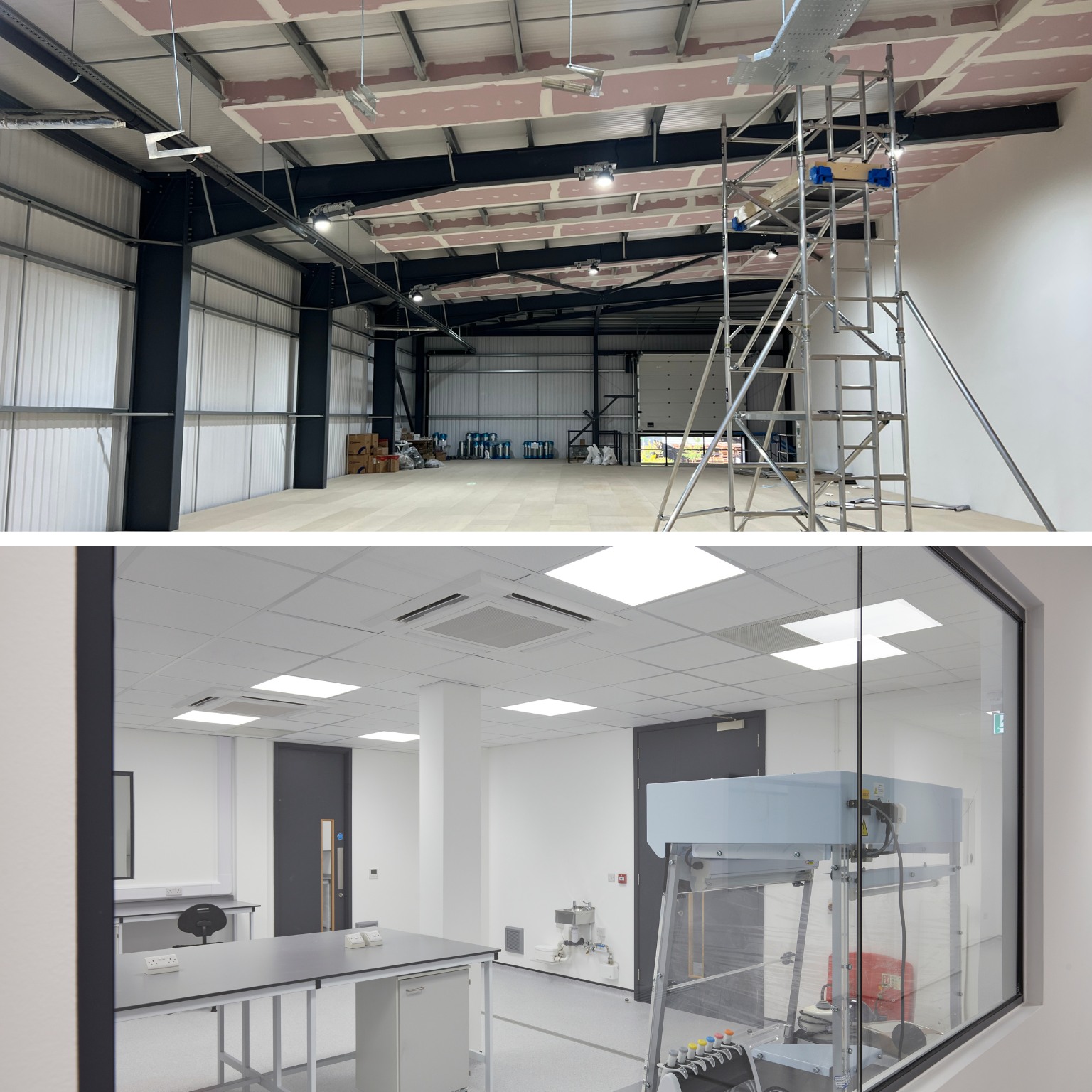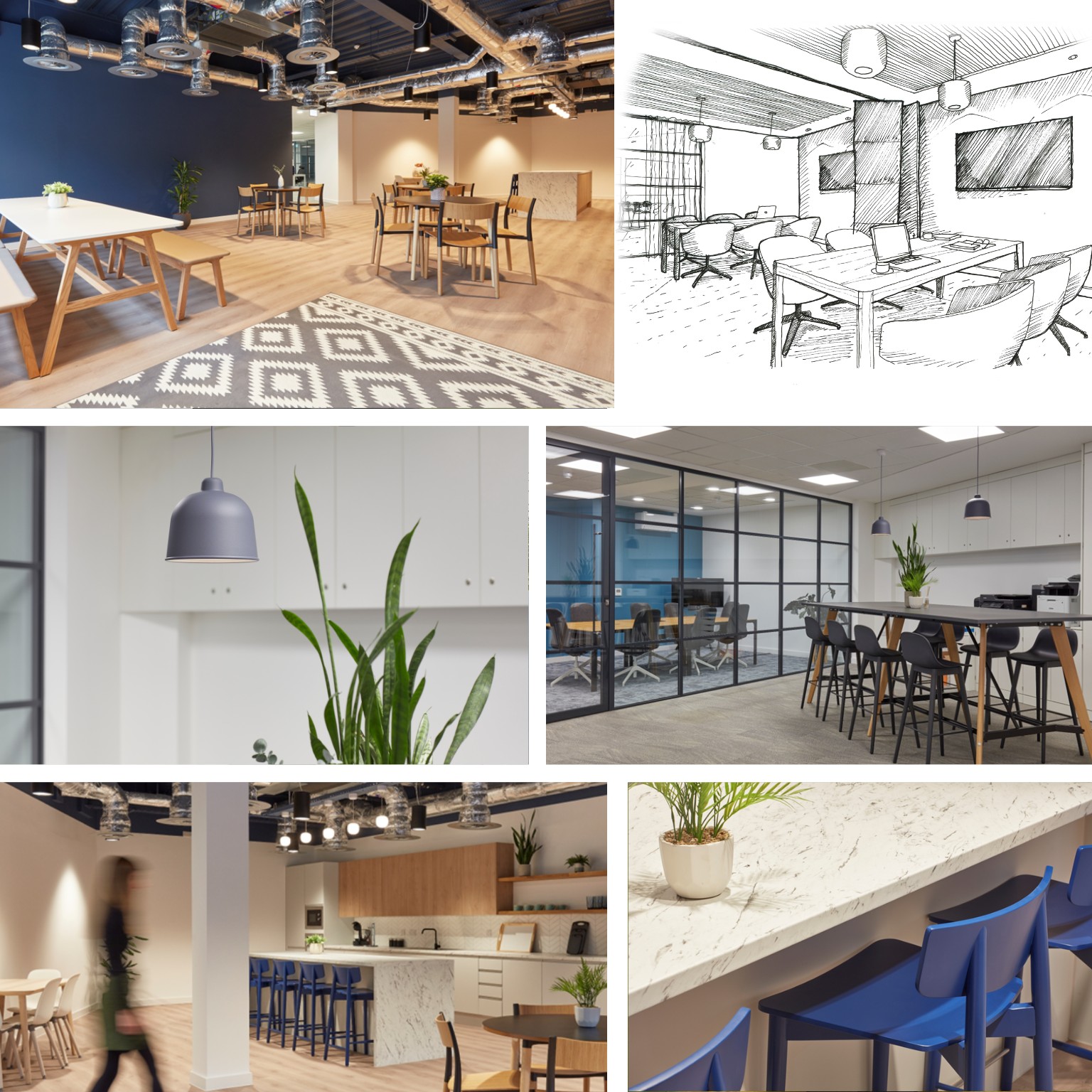Despite the prevailing global market downturn in investment funding, the latest analysis from BioIndustry Association and Clarivate found the UK’s life sciences sector saw steady growth in financing activity in the second quarter of 2023.
The research reports UK-headquartered life science and biotech companies secured a total of £382 million in venture and public financing in Q2, up 29% from the previous quarter’s £295 million, largely driven by venture capital investment.
While funding remains markedly down on the 2021 peak, there are expectations that investment will be further supported by the recent announcements to unlock new sources of capital in the City of London, with the prospect of delivering a stable and sustainable investment environment in the UK.
This improvement in the funding environment comes at a time when the supply of available laboratory stock remains constrained, with levels across Oxford and Cambridge remaining close to a record low. The UK’s preeminent science clusters are not immune to the challenging economic position, with greater caution with respect to business space decision making requirements.
The risk is that the crucial advances by UK life science companies and overseas businesses seeking a presence in our global clusters, will be inhibited by a lack of space; leading them to seek real estate in areas where suitable laboratory space is more readily available. Indeed, Boston alone has millions of sq ft of lab space readily available and over 15m sq ft scheduled to be built over the next 3 years.
Bidwells illustrate the scale of the challenge in its latest Cambridge Summer 2023 Databook:
“Laboratory requirements are up by 164,000 sq ft [compared with end of H2 2022], and now represent 60% of all floorspace requirements in Cambridge. With a current lab shortfall of over 1.2m sq ft, businesses seeking a new or expanded presence in the cluster will continue to face limited options.”
However, scientific advances continue apace, with Oxford and Cambridge in leading positions in the key areas of cell and gene therapy and AI drug discovery. This long-term opportunity drives continued demand for lab space beyond the current period of economic uncertainty.
So, what can we do to start to meet demand and avoid major life sciences businesses making their homes overseas?

Whilst it might not be the first option for many companies within the science and tech sector, we think one solution is to think ‘repurpose’ rather than ‘purpose-build’.
Instead of seeking out opportunities for purpose-built lab space, we turn to repurposing the plethora of available office, warehouse, industrial and retail space.
This might be on a leasehold basis, on the agreement of the incumbent landlord, a new investment opportunity or by purchasing and re-fitting your own laboratory space.
So why are we turning to repurposing?
With planning permission being less of a concern than it was even five years ago, landlords are more open to considering converting their real estate for laboratory use. And the demand is driving rents higher in the area, adding to the attractiveness of conversion for lab use.
Also, labs are expensive to build and operate, and usually have large environmental footprints. Repurposing can be an excellent solution to help organisations towards their wider goals to reduce their carbon footprint, with reports showing that repurposing can result in as much as a 56% decrease in carbon emissions.
Industrial and commercial buildings are rife for conversion to lab space. The sheer size and durability, means that they offer the opportunity to carve up space for office and laboratory use. Their high ceiling heights also provide ample space for mechanical and electrical services such as HVAC and ventilation systems.
A great example is the redevelopment of The Clarendon Centre in Oxford – a former shopping centre which is being completely revamped with parts of it being adapted to state-of-the-art laboratory space. Likewise, the Pioneer Group’s work is underway to convert the Grafton Centre in central Cambridge to in demand space, targeted at local science and tech innovators
So, now we’re looking for the right space, what should science and tech businesses be looking out for?
Not only are the requirements significantly different to that of office spaces, but laboratory spaces must often be designed to protect the health and safety of the employees when handling chemical and biological substances.
As a result, there is no ‘one-size-fits-all’ solution. There are, however, certain aspects that can be evaluated when looking to repurpose existing spaces.
1.Compliance and permissions
2. Structural requirements
3. Building infrastructure
4. Backup power
What does this mean for Life Science companies looking for lab space in Oxford & Cambridge?
If the infrastructure is not there to develop much-needed laboratory space, then – despite considerable investment waiting in the wings – the elevation of Oxford and Cambridge’s major science and tech hubs in the UK could be stalled.
We were delighted to speak at Bidwells’ breakfast seminar about repurposing and how we can ‘Meet Lab Demand with Innovative Spaces’.
COEL’s very own Commercial Director, Hugh Daniels, joined a panel discussion about the benefits of repurposing, and explored some examples of how businesses like the Pioneer Group are tackling more complex conversions.
Image courtesy of Cambridge Independent
He talked about the advantages of choosing industrial space:
“Due to their out-of-town locations, unrestricted access and sheer size, warehouses can present an ideal solution to the lack of lab space in the sector right now. But there is lots to consider – from creating space for new windows and doors, through to the complexities surrounding the mechanical, electrical and drainage requirements of labs – so a project like this needs careful planning.”
At the same event, our MEP Director, Dean Powell, and Interior Designer & Space Planner, Gemma Noakes, talked through a flagship project, where we have recently converted an industrial space into state-of-the-art lab for Sherlock Biosciences. The requirements included:

Step 1:
Assemble a multi-discipline team
A team of project experts was pulled together including Bidwells inputting on Project Management, David Bedwell Ltd as an external Mechanical & Engineering Consultant and Guardtech as an expert in ISO 8 clean rooms.
Jonathan Wright, Partner at Bidwells comments:
“Fitting out labs is a complex, technical job at the best of times and one that is made all the more challenging when fitting them into places they were never intended to be as part of repurposing commercial property.
“It’s one that often requires the support of several disciplines, and our role is to knit this all together and provide the overarching strategic support to clients so that they can focus on their scientific day jobs without distraction and rely on the support of the technical teams to help them deliver the project.”
Step 2:
Plan and deliver to the exacting requirements of a modern lab
Objective: To adapt an industrial building to suit a change of use and a much greater occupancy.
Key considerations included:
Structural:
Dean Powell, MEP Director at COEL comments:
“One of the most interesting things about this project was how the structural planning, quality control, wellbeing and mechanical and electrical design came together so early on.
“The addition of a mezzanine level was an excellent solution to house the plant required to meet the precise needs of the clean room.
“Planning for waste and contamination control, drainage, electrical loading and ventilation were a key part of the early planning process. This allowed us to design a space with the specific needs of the client in mind – now and in the future – which can adapt and flex as the needs of their business do.”
Drainage and electrical:
Ventilation:
Contamination:
Planning:
Step 3:
Create an office and collaborative space with employee wellbeing at its heart.
The labs and clean room were definitely the primary focus of this project. However, as with any space where employees are likely to be spending extended periods of time in restricted environments, a collaborative and welcoming collaborative space and breakout area was also important.
Starting with the space needed for the clean rooms, and planning in the stud wall and mezzanine level, COEL was able to design a space which balanced practicality, employee wellbeing and innovation.
The office and collaborative space included:

“COEL was able to deliver all within our required timelines. Great job team. The responsiveness and willingness to collaborate and work with us when changes to the agenda occurred was just phenomenal. We really appreciated the flexibility. I would definitely recommend them and use their expertise in the future.”
Fernando Ivan Zurita, Vice President, Biomanufacturing & UK Site Operations at Sherlock Biosciences
It is true that there is no ‘one-size-fits-all’ solution, however, with adequate preparation and due diligence it is possible to convert existing spaces into laboratories. The workspace we created for Sherlock Biosciences is just one example of what is possible.
If you are looking to convert a warehouse or any other existing building, our team would be delighted to help. You can contact us using the link below.